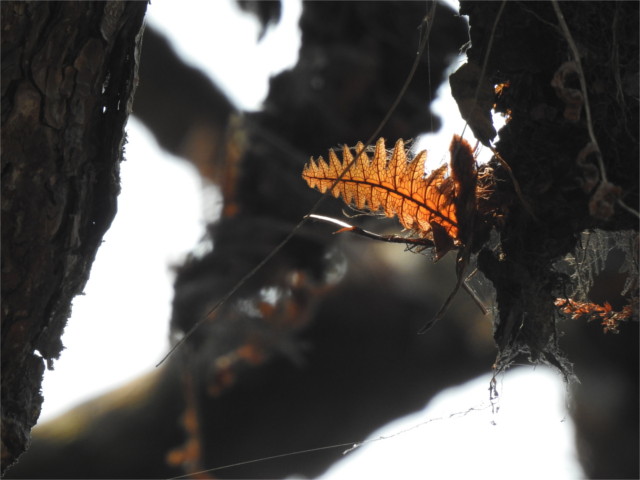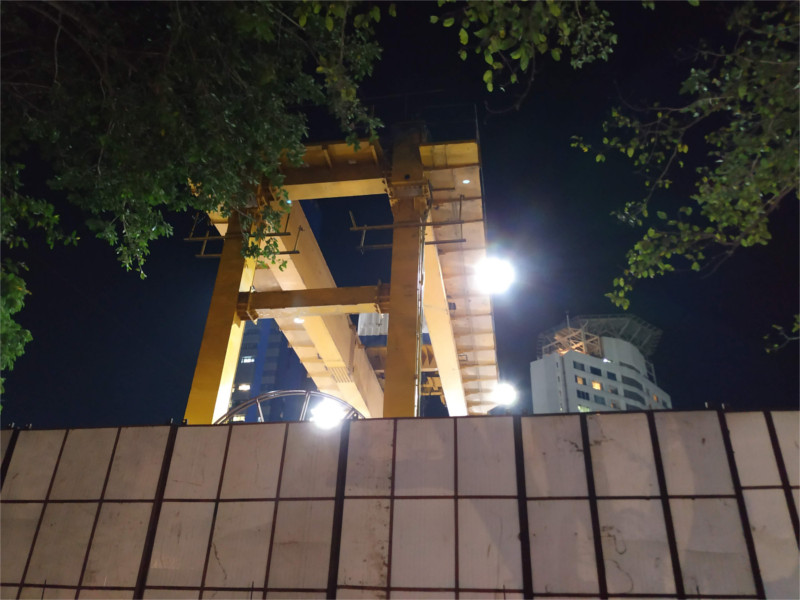On Sunday morning I woke to the laboured groan of the air purifier in our bedroom. There was a smell of dust in the air. When I drew the curtains I saw a wan light outside. I opened a website which gives the air quality index anywhere in the country and saw something shocking. At 6 AM the dust count index had suddenly maxed out at 500. I have an older purifier in the study. Within the hour it switched off; its filters had clogged due to the dust. Popular web sites were still calling the air quality reasonable, because they average the count over 24 hours. It would be a day before they noticed that there was something wrong. By then the daytime temperature had fallen to a new record for January in Mumbai, in a belated vindication of Carl Sagan’s 40 years old paper on nuclear winters. When I looked at satellite photos I saw two things: clouds and dust. There were masses of white clouds over the Himalayas and the Tibetan plateau, and over the Indian Ocean, but not much over the landmass of India. And there were long gray fingers of dust reaching across the sea from Iran, Balochistan, and the Arabian peninsula towards Mumbai, Goa, and Trivandrum. Everyone I knew was talking about it, but news channels wouldn’t pick up on it till late Monday.
The nature of the problem is shown in this screen shot of the air quality in the dockyards of Mumbai. You can see that gaseous pollution is not a concern, but the dust content of the air is as bad as it can be. Dust comes in two varieties: PM2.5 and PM10. The letters PM mean particles of matter suspended in air, and the numbers give the size of the particles measured in microns. As you can see from the graphic here, these are much thinner than a strand of human hair and can easily pass into the lungs. In the short term inhaled dust causes inflammation and allergies. In the long term it is more damaging (go here for more). We had a stock of N95 masks at home, so we put one on immediately. I surprised myself by thinking well of the pandemic for once.
News of a massive dust storm in Balochistan in the middle of the previous week had largely been ignored in the media. But you can see the roiling dust in the atmosphere in the satellite photo from Sunday. Long thin fingers of dust stretch down south from it and then curl eastwards towards India. Another branch stretches west across Pakistan and towards northern India. By the next day, the dust over the Arabian sea has been entrained into two lanes: one passing over Goa, the other over Trivandrum. The southern lane stretches across the Bay of Bengal to Odisha, Bengal and further east. Mumbai is at the edge of the lane. Meanwhile the main mass of dust has diffused over most of northern India. In Tuesday’s photo the whole of the Indian landmass has a thin dust cover, and the dust over the sea seems to be settling. In most parts of India the air quality was not as bad, but a general drop in temperature signaled the effect of dust high in the atmosphere.
When we talk of weather it is usually just the temperature and the various forms of water: fog, rain, snow, and hail. But I suppose we now have to broaden our mind to include anything carried by air. Dust storms of this kind, called the loo were not unusual in the northern plains between April and June one, although they have decreased in frequency over the years. But this is probably triggered by a different weather system: the extreme La Nina event this year in the east Pacific. It has already brought record snows to the Hindu Kush and the western Himalayas, will probably bring tsunamis to the west Pacific later, extreme hot weather to the US in summer, and enhance the monsoon rainfall over India. And the disturbance has churned up this storm. The event is said to be one extreme of the normal, but when the extreme is normal, what can you say about change?














